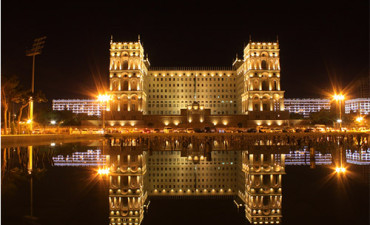Baku Metro: What Were the Names of the Baku Metro Stations?

Today, the Baku Metro consists of three lines- red, green and purple. Totally – 25 stations. The metro operating mode is as follows: from 06:00 a.m. to 00:00 (for the period of spring 2020, due to the quarantine, the operating time has changed). The Baku Metro supports a card-based travel payment system. There are two types of cards: one card is for temporary or one-side use of the metro and other vehicles and a long-term card. The long-term use card for other urban types of transport came into force in 2015, during The First European Games held in Baku.
One trip by metro (and by bus) is 30 qepiks (cents). The system of replenishing a metro card operates according to the modern technology and is carried out by applying a card to the panel that scans it, thereby reducing the waiting time in the queue.
Like all other metros in the world, the Baku Metro has its own history. The first line of the Baku Metro was finally opened on November 25, 1967. Initially, the building plan was made in the 1930s. The Soviet government considered it necessary for the transportation of passengers from more stressed and crowded areas of the capital of Azerbaijan. However, in view of the fact that at that time, Baku did not reach the status of a million-plus city, this plans were postponed.
In 1950s, the government finally decided to start building the first line, which started in the city center, from Baksoviet station (Icherisheher since 2008) This line stretched along the future 26 Baku Commissars, on April 26 (the current station on May 28), Ganjlik and Nariman Narimanov, underground, dividing the city into two parts. Thus, working in the most working and most populated areas of the city of Baku.
Th city center of Baku is that part of the city, which is located very close to the Caspian shore. Accordingly, during the construction, workers had been facing with such difficulties as, groundwater and the pressure of the broken sewage channels, which doubly hindered the work.
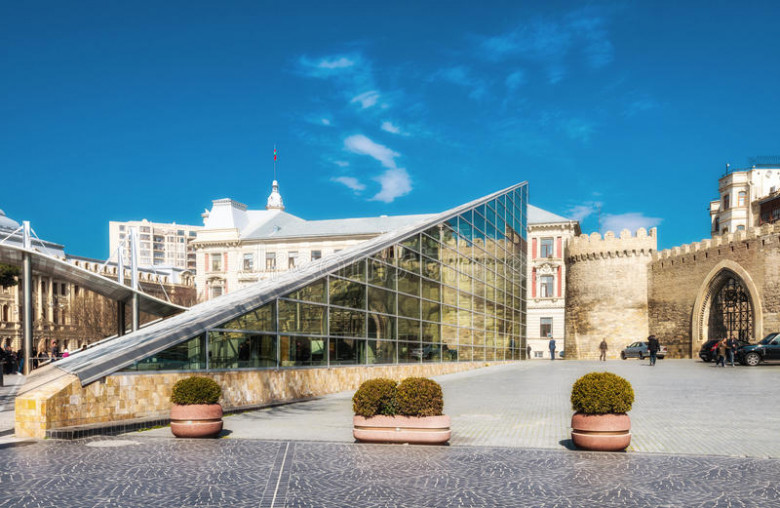
The first station of the Baku Metro is the deepest one: the reason for this is its location in the city. The historical part of Baku – Icherisheher (Old City) – and the Old Fortress caused a deeper location of the most central station. Now Icherisheher(previously – Baksoviet) station is in a shape of huge glass pyramid, looking as the Louvre building in France. Moreover, the station hall is decorated with a bas-relief that refers to the fortresses of the Old City of Baku. It is noteworthy that the Baku People,especially old generation, has accustomed to the very first name of this station, still call it as Baksoviet.
The Baku Metro was designed fifth after Moscow, Leningrad, Kiev and Tbilisi (a year earlier). The Baku metro stations got their names related to the history of the Soviet Era. Many stations’ names had no connection to Azerbaijanis and Azerbaijan, or were related from the negative side. The current station Khatai, for instans, was named after the Bolshevik S. Shaumyan, under the leadership of whom, the genocide of the Azerbaijani people was committed in 1918.
New stations opened with a great speed, as the city was inhabited by new comers who came from the provinces. The population of the capital of Azerbaijan grew and finally reached the million barier. New stations were opened, the terminal station of the Red, Baksoviet line (Icherisheher) was the Nariman Narimanov station. In 1970, the Ulduz station was opened (translated from Azerbaijani as “star”), the columns in the hall of which were made of Uzbek marble. Ulduz station has become final, but despite this, the Baku subway depot was still located after Nariman Narimanov station.
Soon, the Mashadi Azizbeyov station opened (now – Koroglu station). In 2011, the station was renamed Koroglu, in honor of the mythical folk hero of Azerbaijan.
The Aurora(today – Gara Garayev) station, which was built after Mashadi Azizbeyov(Koroglu), was renamed after gaining independence and still proudly bears the name of the outstanding composer and musician – Gara Garayev. Next, Neftchilar station was built (which translates as “Oil Workers”), and by the end of the 80s the last station on the red branch, Khalglar Dostlugu (“Friendship of Nations”) was opened. In 2000, the last station of this line , named after the hero of the Soviet Union-Azi Aslanov was opened.
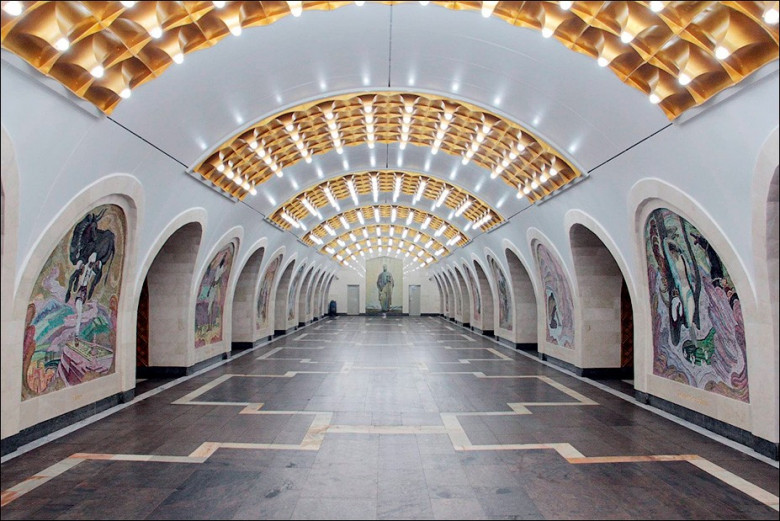
The green line,though, started its functioning, along with the first stations built, with the station Nizami, which was named in a honor of the great poet Nizami. Nizami Station is considered as the most beautiful station of the Baku Metro. Nizami is a station, the walls of the hall of which are covered with mosaics, reflecting the poetic masterpieces from Hamsa (known to the whole world as Golden Five). The ceiling of the hall is decorated with beautiful light bulbs that complement the beauty and elegance of the overall appearance of the station. The mosaic-tiled walls allow the passengers who get off there to imagine themselves in the era of the Renaissance of Eastern and Azerbaijani Literature.
Elmler Akademiyasy station (“Academy of Sciences”) , which is next ,after Nizami, is a station where you do not want to get older at all. It smells of youth, where everyone wants to drop their job and return to those young, student times. The station was named after the National Academy of Sciences. Because of the universities that are situated in a rather small part of Baku, which includes the very first university of Azerbaijan – BSU (Baku State University) and the Academy of Sciences, this station was named exactly in this way.
During a long period of time, the green line ended with the station Memar Ajemi(Architect Ajemi), which is the latest station built in the Soviet Period of Azerbaijan (1989). However, after more than twenty years, the green line finally was supplemented with stations, Nasimi, Azadlig Prospekti (Avenue of Independence) and Darnagul . The tunnels of this stations were dug and prepared long before their final construction.
During Soviet times, the tunnels of many stations were blown up in advance, but, unfortunately, the collapse of the USSR and the crisis of the 90s did not allow the dreams to come true …
Scheme of the Baku Metro:

Tags: Old City , USSR , Baku metro
Recent Posts
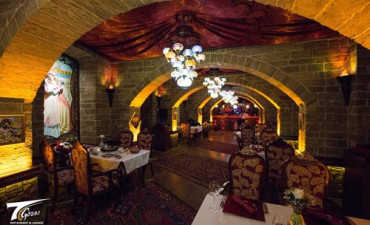
Buy any tour and get 15 percent discount in Baku restaurants
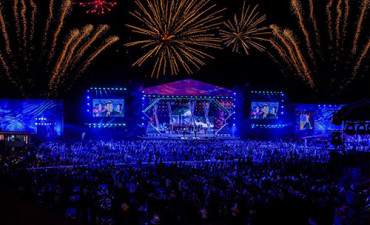
Festivals In Azerbaijan

Great Silk Road In Azerbaijan
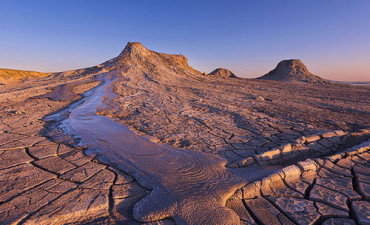
Guide to outdoor activities
